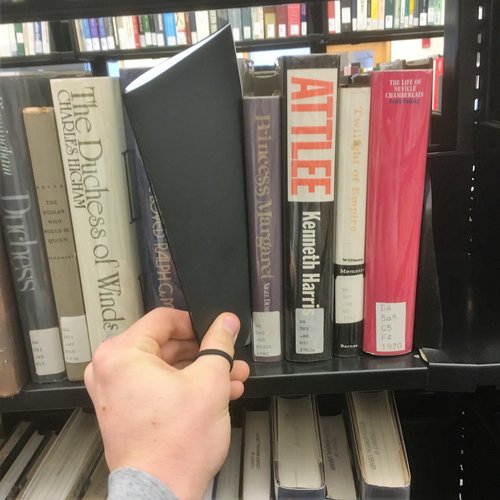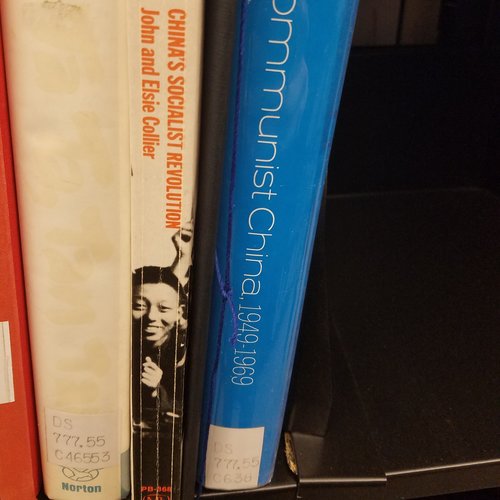a publishing and sharing exercise that uses subversive distribution to both question the institutions that hold our work AND participate in the renegotiation of artistic value and accessibility
In the 17th and 18th centuries, chapbooks were paper leaflets distributed to share everything from children’s stories and folk tales to political or religious views. They delivered “information” to the masses—a transmitter of “popular” culture for the populous. They created public spaces on the page. Today, chapbooks are the “demo-tapes” or “first collections” of the poetry world—an introduction, extended, held, passed. In a time of “alternative” facts, hash tags, and
paid “fake” news, this lab uses the chapbook to hold a space for contemplation, remediation, and investigation. It creates a pocket of time to turn over—paper-page-hand-word—and
an invitation to sit with and sift through.
Select a piece of writing that you would like to share. Xerox, staple, and go. Arrive at your favorite library clutching a copy of your text/chapbook. Using the principles of
gift economy and eco-linguistics, position your writing between two books in the library. Will your choice be an act of bibliomancy or a strategic commentary between two subject
areas? Will you have more than one copy placed in more than one location? This tactic is a response to the current conversation on borders, boundaries, migration, and immigration—
how does the undocumented document move through/in/of/with? What role does intertextuality play in the finding and reading of the text? Coordinates are created
at the intersection of the critical and the creative, the poetic and the political, a reorientation is possible. What will be your poethical wager?1 Your edge? Your precipice? Why?
Why now?
1 Joan Retallack, The Poethical Wager (California: University of
California Press, 2003).

























